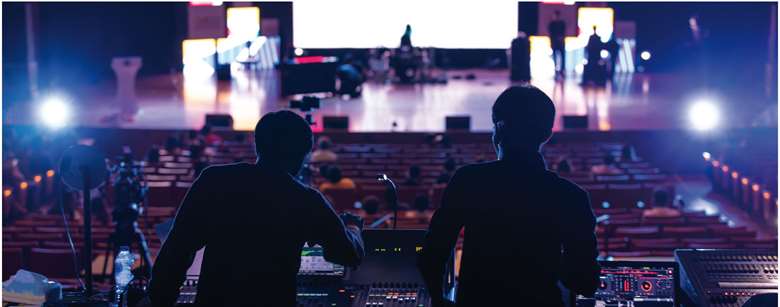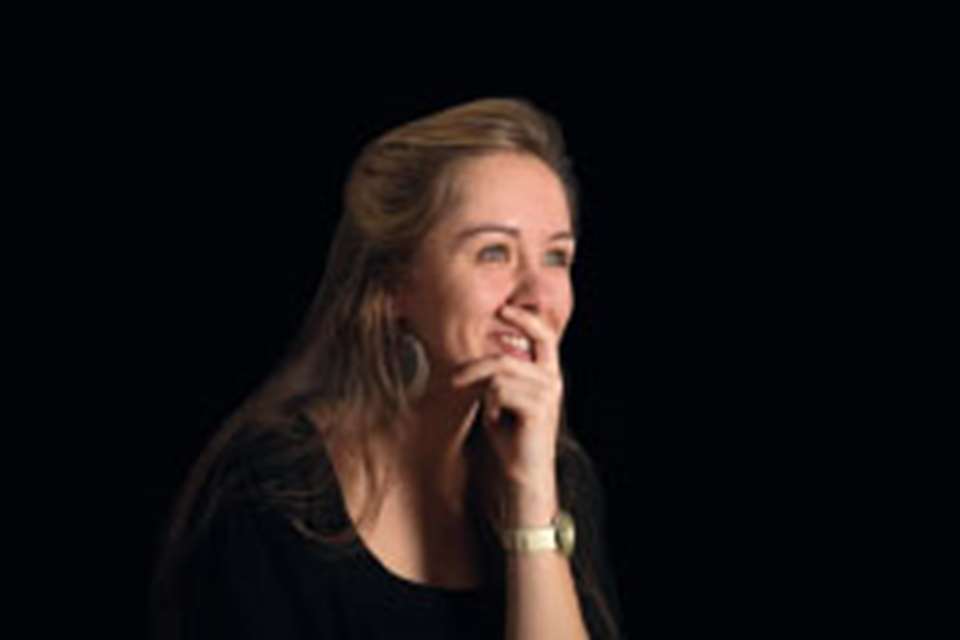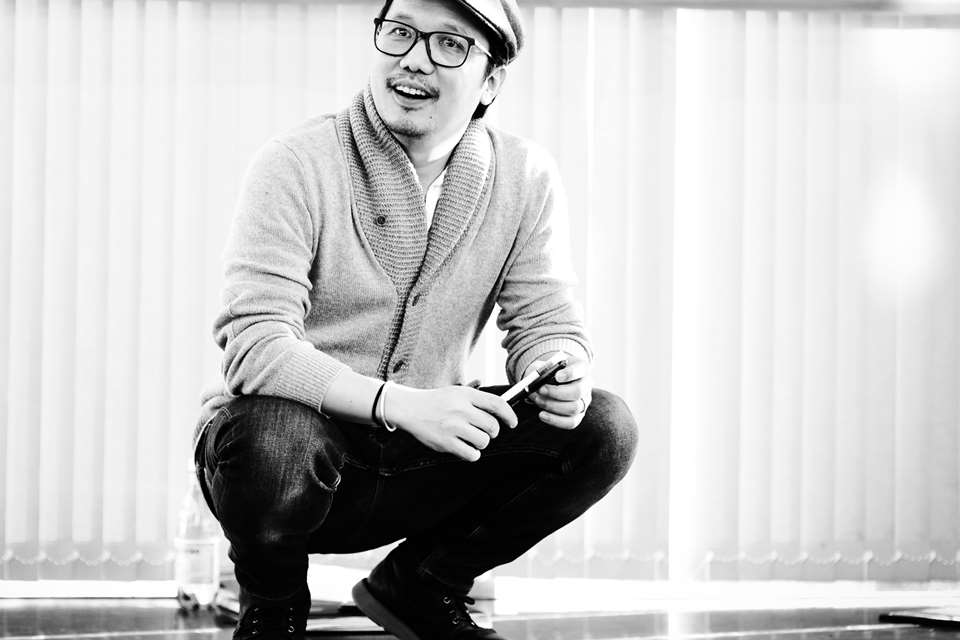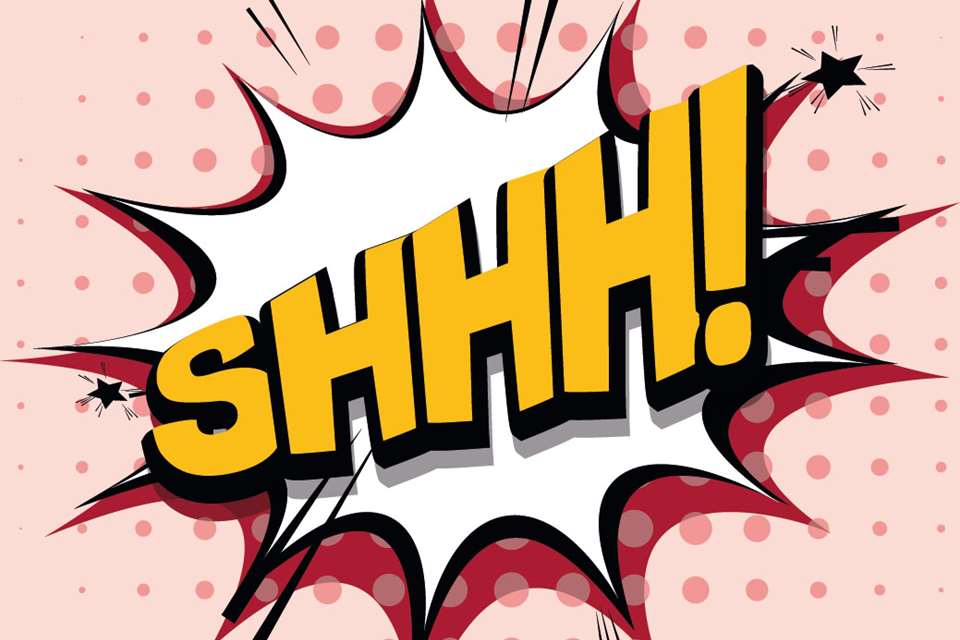The role of the sound designer
Nick Smurthwaite
Wednesday, December 1, 2021
The unsung heroes of theatre productions, sound designers are essential for curating and maintaining a production's atmosphere and tone. Nick Smurthwaite elaborates on what a sound designer does, highlighting some successful sound specialists

Adobe Stock/ Sura Nual Pradid
Kick-starting any career in the theatre is seldom easy, but in order to succeed as a sound designer you have to be specially gifted and, more importantly, exceptionally tenacious. Even more than lighting and set design, sound is a discipline of particular yet infinite variations, so the director needs to have complete trust in his or her sound designer to come up with the goods. It takes a solid track record to establish that trust, and that takes time.
The importance of music in drama
One of our hardest-working and most respected sound designers is Jon Nicholls, whose career began in the mid 1990s after extensive training in composition and musical skills at the London College of Music, and Dartington College, Devon.
In the 2019 production Touching the Void, based on the life and near-death experience of mountaineer Joe Simpson, Nicholls' eerie, atmospheric score proved to be one of the show's greatest strengths. The cinematic-style music helped transport the audience from the big metal climbing frame on stage to the inner reality of the characters. ‘I don't think we realised until quite late on in rehearsals how important the music was in delivering the drama,’ recalls Nicholls. ‘A big part of my job was to create that relentless psychological pressure inside Joe Simpson's head, not knowing whether he would live or die.’
Like a lot of sound designers, Nicholls is a composer in his own right, having collaborated on numerous audio productions bringing factual storytelling together with expressive sound design. He took the theatrical route because he liked the idea of working in collaboration with other creatives. ‘I'd never be able to sit in a room on my own writing a symphony,’ he says. ‘I need deadlines and pressure and the stimulus of a concerted effort to get it done.’
Sourcing material
The director Melly Still, with whom Nicholls has worked on two recent shows, likes to work closely with him on evolving the score. She says, ‘He comes to a lot of rehearsals, sits there quietly with his computer and absorbs what's going on, then he starts to implement his musical thoughts and ideas based on what he has seen and heard. We nudge each other in different directions. It's a constant dialogue.’
The best sound designers go to extraordinary lengths to source their raw material, recording natural sounds such as the dawn chorus or a babbling brook. For Touching the Void, Nicholls used breathing sounds, screams and metal climbing equipment, among other things, to create an abstract soundscape. ‘We're basically inside Joe Simpson's head for much of the play, and most of the apparently real scenes are in fact his hallucinations. Getting the right levels is crucial as it is a fine line between an immersive soundscape and a distracting or irritating one.’
Elevating productions
So important is the role of sound in theatre now that on some shows, such as big West End musicals, it is a shared responsibility among three or four top creatives, all working together towards the same goal – sonic excellence.
Sought-after musical supervisor Nick Skilbeck has worked on some of the West End's biggest shows – Sister Act, Hairspray, Billy Elliott, Tina the Musical – and knows better than anyone how vital it is to get the right balance between narrative and sound in musical theatre. He says, ‘I've always loved stories told in music which is why I don't recognise any difference between opera and musical theatre. When music is brought in to storytelling it elevates and celebrates it, taking it to another level.’
Working on Tina the Musical, it was Skilbeck's job to reconcile the barnstorming quality of Tina Turner's live performance with the intimacy of her life story. ‘If it works you should be able to move seamlessly from the narrative device into the concert format,’ he says.
All-encompassing
Peter Rice faced a different sort of challenge with Yael Farber's modern dress Macbeth at the Almeida Theatre, Islington, earlier this year. Farber is known for ultra-atmospheric productions in which sound, lighting, costume and set design must all be in tune with one another. Rice says: ‘Yael wants every creative element to blend in, so I worked closely with the composer Tom Lane to deliver a continuous cinematic-style soundtrack that underpinned what was going on in the play.’
How does the current trend for through-scoring in theatre go down with the actors? ‘Some find it helpful to be aware of the music, others find it frustrating because it anticipates what they're trying to find in their performance,’ says Rice. ‘It's a fine balance. There are always challenges to navigate.’
Rice also teaches sound design at the Central School of Speech and Drama where he says he encourages his students to ‘open their minds to influences that have nothing to do with the theatre,’ such as art, nature, and all kinds of music. ‘What the sound designer does is all about thinking how an abstracted world sits within a score.’
For further information, visit www.associationofsounddesigners.com





